- 2023年-09月-09日:富岳三十六景.追加10景.共46景.葛饰北斋画.1832年版(46P)
- 2023年-03月-15日:订正四十二国人物图说.西川如见辑.山村才助订.1801(41P)
- 2023年-03月-15日:潮来絶句.富士唐麻呂著.葛飾北斎画(36P)
- 2023年-02月-18日:十旬花月帖.武藤稲蔵編輯(46P)
- 2023年-02月-18日:絵入歌集暮笛(117P)
- 2023年-02月-14日:金波园画谱.河村文凤画.文政3年.1820年.含两个版本(80P)
- 2023年-02月-14日:軍用御道具.奈良忠左衛門.画(8P)
- 2023年-02月-10日:浮世绘装饰画.摺物貼込帖(20P)
- 2023年-02月-09日:昼夜帯(160P)
- 2023年-02月-09日:源氏物语扇面画帖.住吉如庆画(113P)
- 2023年-02月-09日:源氏香之图.豊国画(54P)
- 2023年-02月-09日:源氏後集余情.歌川国貞.豊国画(24P)
- 2023年-02月-09日:源氏五十四帖.尾形月耕画(61P)
- 2023年-02月-09日:源氏五十四帖(14P)
- 2023年-02月-07日:遊里图譜(24P)
- 2023年-02月-07日:莺邨画谱.抱一上人(酒井抱一笔)(30P)
- 2023年-02月-07日:英林画镜.卷1-3.英一蜂画(75P)
- 2023年-02月-06日:顔筋柳骨.米斎仙史画(32P)
- 2023年-02月-04日:潇湘八景图.雪舟画(8P)
- 2023年-02月-04日:新闻小说.歌麿.山村耕花插绘(153P)
- 2023年-02月-04日:喜多武清粉本.喜多武清画(104P)
- 2023年-01月-30日:書画五拾三駅.歌川芳虎画.浮世绘.江户后期(57P)
- 2023年-01月-28日:米くるゝ友.廿日坊編.文麗画(22P)
- 2023年-01月-27日:风俗绘卷.江户时代.东南绘(39P)
- 2023年-01月-27日:椿岳漫画.椿岳迂史著(38P)
- 2023年-01月-26日:融斎画譜.竹洞画(26P)
- 2023年-01月-26日:前北斎富士勝景.葛飾北斎(14P)
- 2023年-01月-17日:甲辰帖1-2及水彩画帖.三村竹清(146P)
- 2023年-01月-17日:会席画谱.長谷川-雪旦画(21P)
- 2023年-01月-14日:松梅群鸡图屏風.伊藤若冲(10P)
- 2023年-01月-14日:夢二画集野に山に(58P)
- 2023年-01月-09日:俳谐书画帖.田川凤朗画.1841年(60P)
- 2023年-01月-04日:今源氏錦絵合.歌川豊国画.江戸末期(55P)
- 2022年-12月-24日:Qajar Album.卡扎尔画册(20P)
- 2022年-12月-24日:北斎漫画.5編(32P)
- 2022年-12月-22日:草花写生.狩野融川画(23P)
- 2022年-07月-09日:夏加尔作品合集赏析之四(114P)
- 2022年-07月-08日:夏加尔作品合集赏析之三(300P)
- 2022年-07月-07日:夏加尔作品合集赏析之二(300P)
- 2022年-07月-06日:夏加尔作品合集赏析之一(300P)
- 2022年-07月-06日:西斯莱作品合集赏析之二(169P)
- 2022年-07月-05日:西斯莱作品合集赏析之一(296P)
- 2022年-07月-04日:修拉作品合集赏析(173P)
- 2022年-07月-04日:亚瑟·拉克姆作品合集赏析(160P)
- 2022年-07月-01日:席勒作品合集赏析(280P)
- 2022年-06月-30日:委拉斯开兹作品合集赏析(135P)
- 2022年-06月-29日:维米尔作品合集赏析(39P)
- 2022年-06月-29日:塞尚作品合集赏析之二(296P)
- 2022年-06月-28日:透纳作品合集赏析(224P)
- 2022年-06月-28日:塞尚作品合集赏析之一(300P)
- 2022年-06月-24日:莫奈作品合集赏析之五(135P)
- 2022年-06月-23日:萨金特作品合集赏析之二(323P)
- 2022年-06月-23日:莫奈作品合集赏析之四(300P)
- 2022年-06月-22日:萨金特作品合集赏析之一(300P)
- 2022年-06月-22日:莫奈作品合集赏析之三(300P)
- 2022年-06月-21日:乔治亚·欧姬芙作品合集赏析(235P)
- 2022年-06月-21日:乔瓦尼·博蒂尼作品合集赏析(238P)
- 2022年-06月-21日:莫奈作品合集赏析之二(300P)
- 2022年-06月-20日:莫奈作品合集赏析之一(300P)
- 2022年-06月-20日:诺曼·罗克韦尔作品合集赏析(229P)
- 2022年-06月-19日:莫兰迪作品合集赏析(67P)
- 2022年-06月-19日:米罗作品合集赏析(213P)
- 2022年-06月-17日:米勒作品合集赏析(127P)
- 2022年-06月-16日:米开朗基罗作品合集赏析(190P)
- 2022年-06月-16日:蒙克作品合集赏析(74P)
- 2022年-06月-16日:蒙德里安作品合集赏析(96P)
- 2022年-06月-14日:马奈作品合集赏析(238P)
- 2022年-06月-13日:伦勃朗作品合集赏析之三(300P)
- 2022年-06月-13日:马蒂斯作品合集赏析之二(198P)
- 2022年-06月-12日:马蒂斯作品合集赏析之一(300P)
- 2022年-06月-12日:伦勃朗作品合集赏析之二(151P)
- 2022年-06月-11日:伦勃朗作品合集赏析之一(300P)
- 2022年-06月-10日:路易斯·韦恩作品合集赏析(229P)
- 2022年-06月-10日:鲁本斯作品合集赏析(382P)
- 2022年-06月-08日:卢梭作品合集赏析(125P)
- 2022年-06月-07日:雷诺阿作品合集赏析之五(207P)
- 2022年-06月-07日:列宾作品合集赏析之二(240P)
- 2022年-06月-06日:列宾作品合集赏析之一(300P)
- 2022年-06月-06日:雷诺阿作品合集赏析之四(300P)
- 2022年-06月-05日:雷诺阿作品合集赏析之三(300P)
- 2022年-06月-04日:雷诺阿作品合集赏析之二(300P)
- 2022年-06月-03日:雷诺阿作品合集赏析之一(300P)
- 2022年-06月-02日:劳特累克作品合集赏析(370P)
- 2022年-06月-01日:劳尔·杜飞作品合集赏析(60P)
- 2022年-05月-31日:拉斐尔作品合集赏析(210P)
- 2022年-05月-30日:库尔贝作品合集赏析(269P)
- 2022年-05月-29日:克里姆特作品合集赏析(160P)
- 2022年-05月-28日:康斯太勃尔作品合集赏析(115P)
- 2022年-05月-27日:康定斯基作品合集赏析(216P)
- 2022年-05月-27日:卡萨特作品合集赏析(300P)
- 2022年-05月-26日:卡拉瓦乔作品合集赏析(77P)
- 2022年-05月-26日:卡捷琳娜作品合集赏析(54P)
- 2022年-05月-26日:卡尔·拉森作品合集赏析(117P)
- 2022年-05月-26日:华多作品合集赏析(77P)
- 2022年-05月-26日:哈尔斯作品合集赏析(175P)
- 2022年-05月-25日:梵高作品全集赏析之五(413P)
- 2022年-05月-24日:高更作品全集赏析之二(189P)
- 2022年-05月-24日:梵高作品全集赏析之四(320P)
- 2022年-05月-23日:戈雅作品集赏析(393P)
- 2022年-05月-23日:格列柯作品赏析(170P)
前人评颜真卿的字多“筋”,柳公权的字多“骨”,故有“颜筋柳骨”之说。宋范仲淹诔石曼卿文云:“延年之笔,颜筋柳骨。”在中国民间说起学习书法,往往称道“颜筋柳骨”,当作学书者的楷模。“颜筋柳骨”,是分别指书法家颜真卿(709一785)和柳公权(778—865)的艺术特色。“颜筋”:颜真卿的书法,雄强浑厚,韧若筋带,世称“颜体”。俗话说:“书如其人。”欲识颜书,得先知其人品。“柳骨”:柳公权,字诚悬,是唐代与颜真卿齐名的大书法家。故世人如同称“李杜”、“韩柳”一样,并称其为“颜柳”。当中国文化传入到日本后,日本人从他们的书法艺术中获得灵感;创造了新的风格的绘画。例如这本明治时期的米斎仙史/安田米斎的诗画集。
The predecessors commented that Yan Zhenqing’s words were more “sinews” and Liu Gongquan’s words were more “bones”, so there was a saying of “facial muscles and willow bones”. Fan Zhongyan of the Song Dynasty eulogized Shi Manqing and said, “The pen of prolonging the life of the year has its own facial muscles and bones.” When it comes to learning calligraphy in Chinese folk, it is often called “facial muscles and bones” as a model for calligraphers. “Yan Zhenqing (709-785) and Liu Gongquan (778-865), the calligraphers, respectively, refer to their artistic features. “Yan Jin”: Yan Zhenqing’s calligraphy is strong and thick, as tough as a band, and is known as “Yan Ti”. As the saying goes, “A book is like a man.” If you want to know Yan Shu, you must know his character. “Willow bone”: Liu Gongquan, whose character is sincere, is a great calligrapher in the Tang Dynasty who is as famous as Yan Zhenqing. The old people called them “Yan Liu” as well as “Li Du” and “Han Liu”. When Chinese culture was introduced to Japan, the Japanese got inspiration from their calligraphy art; Created a new style of painting. For example, this book of poems and paintings of the Meiji period’s Mi Sai Xian Shi/Yasuda Mi Sai.

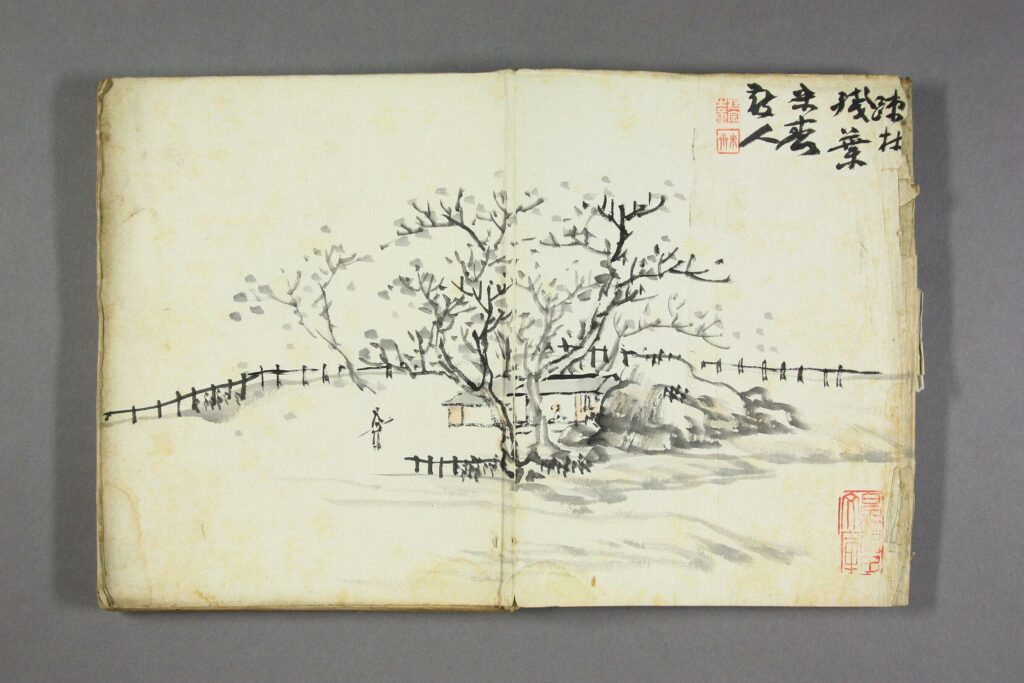

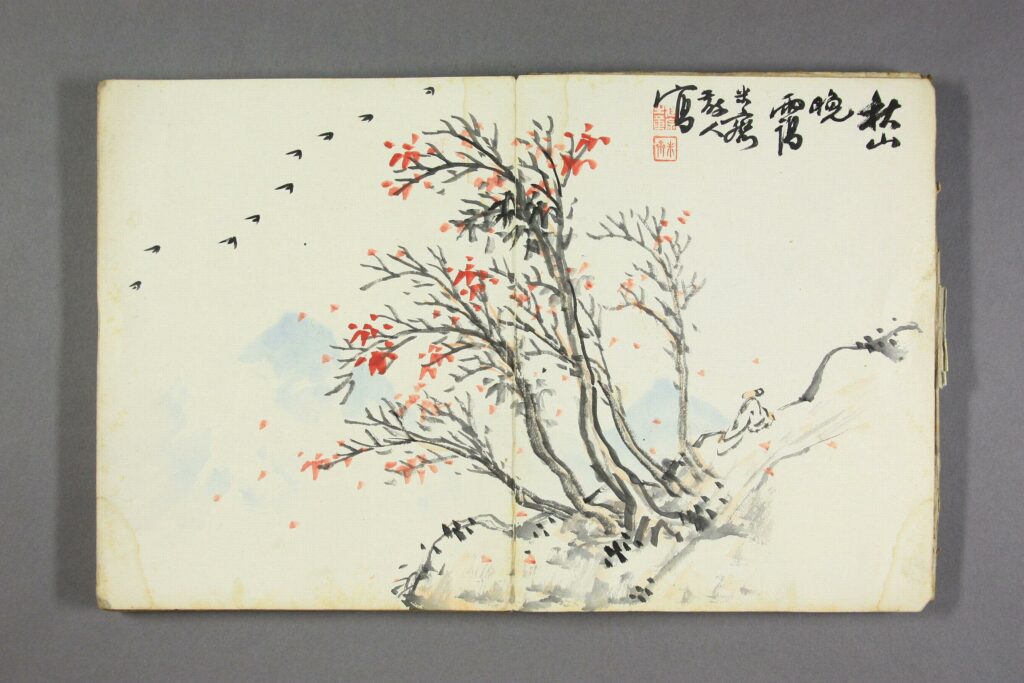
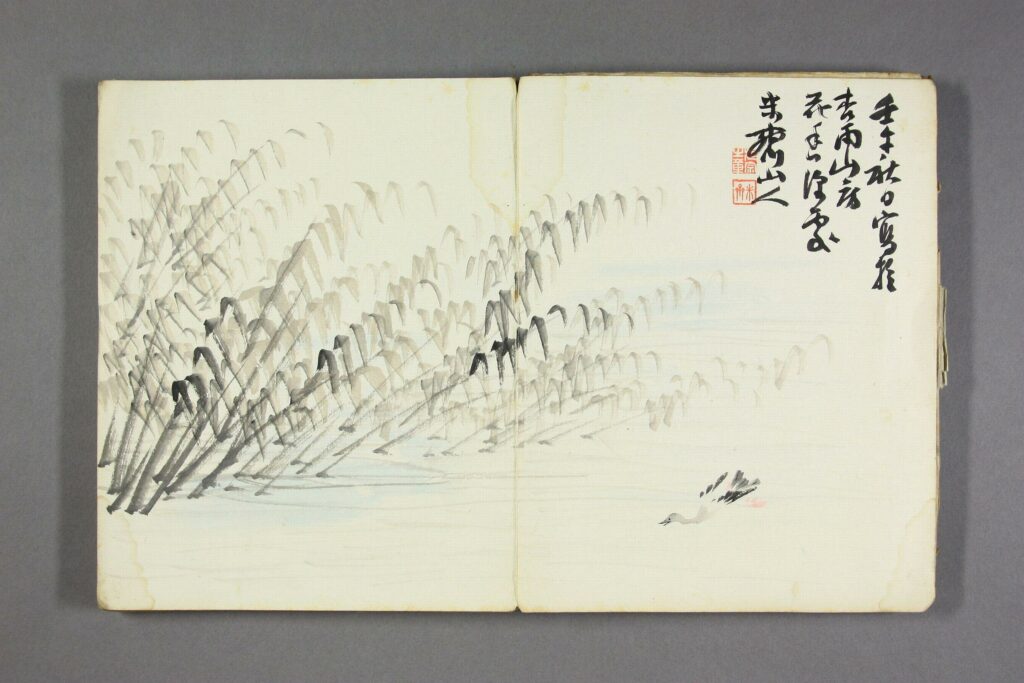
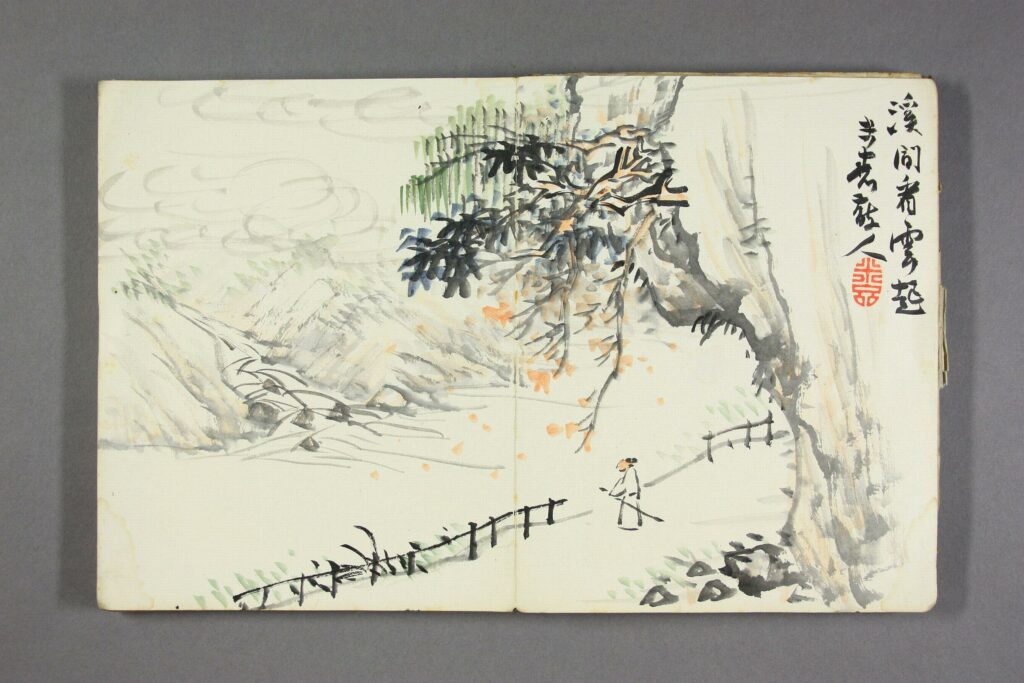

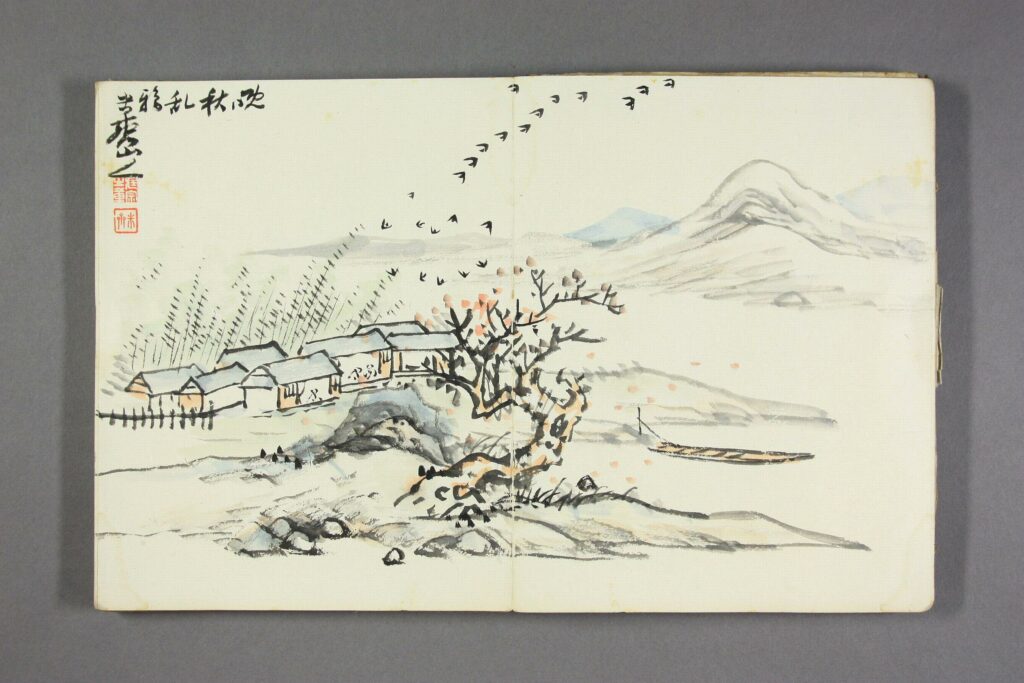
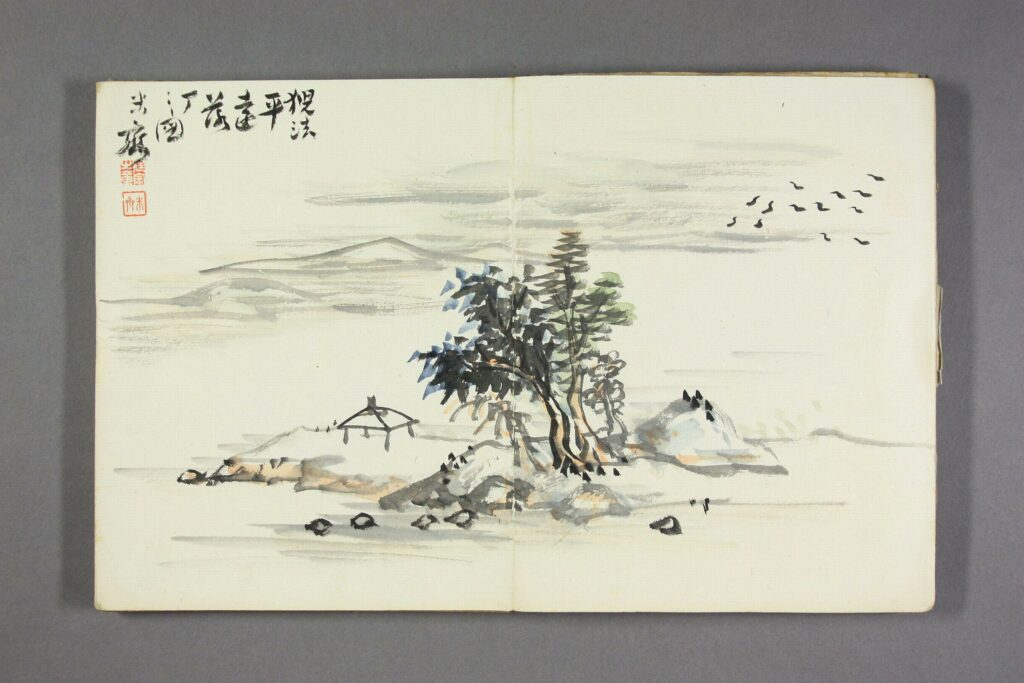


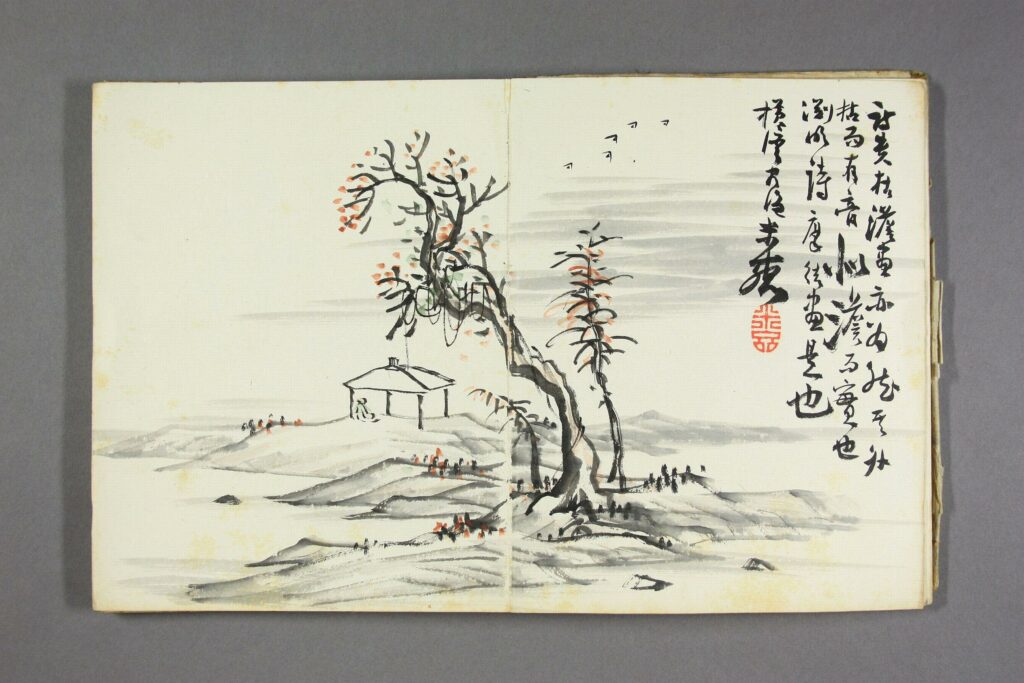

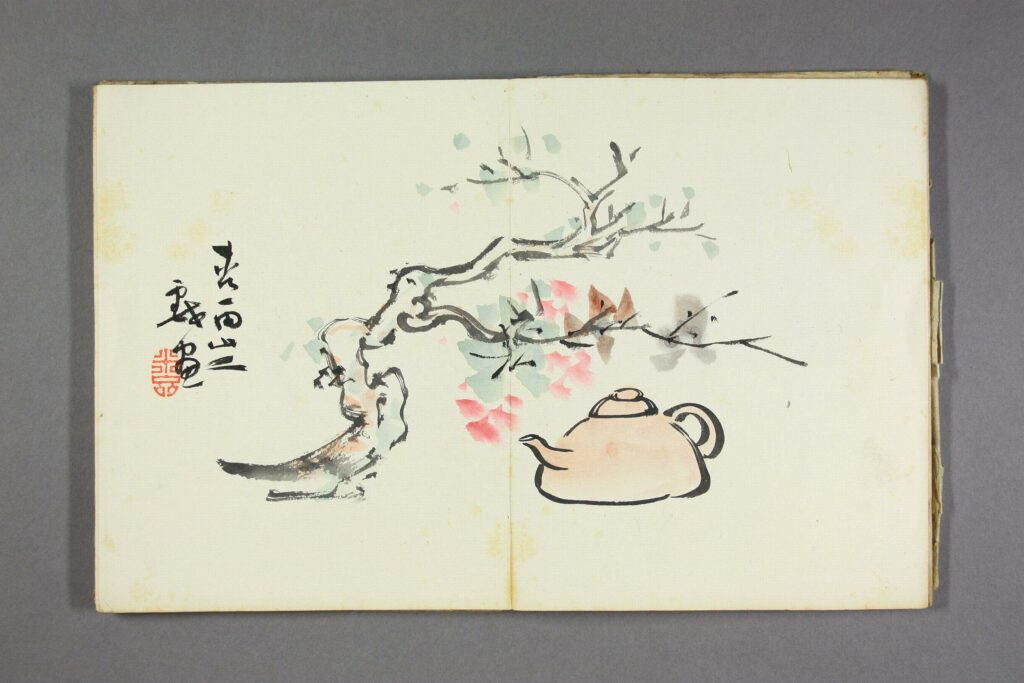
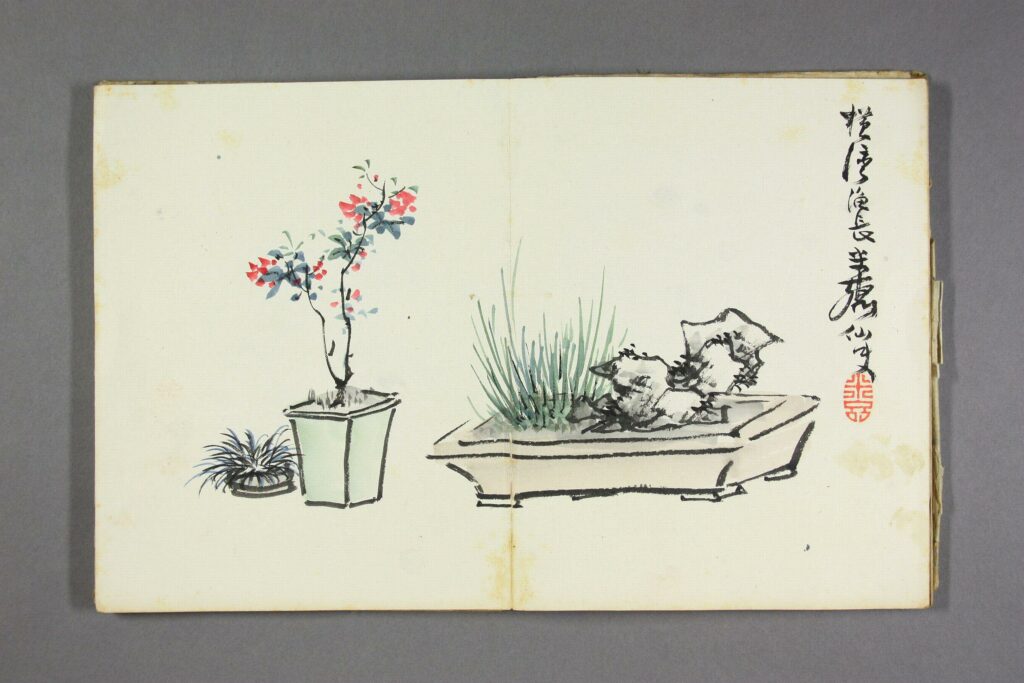
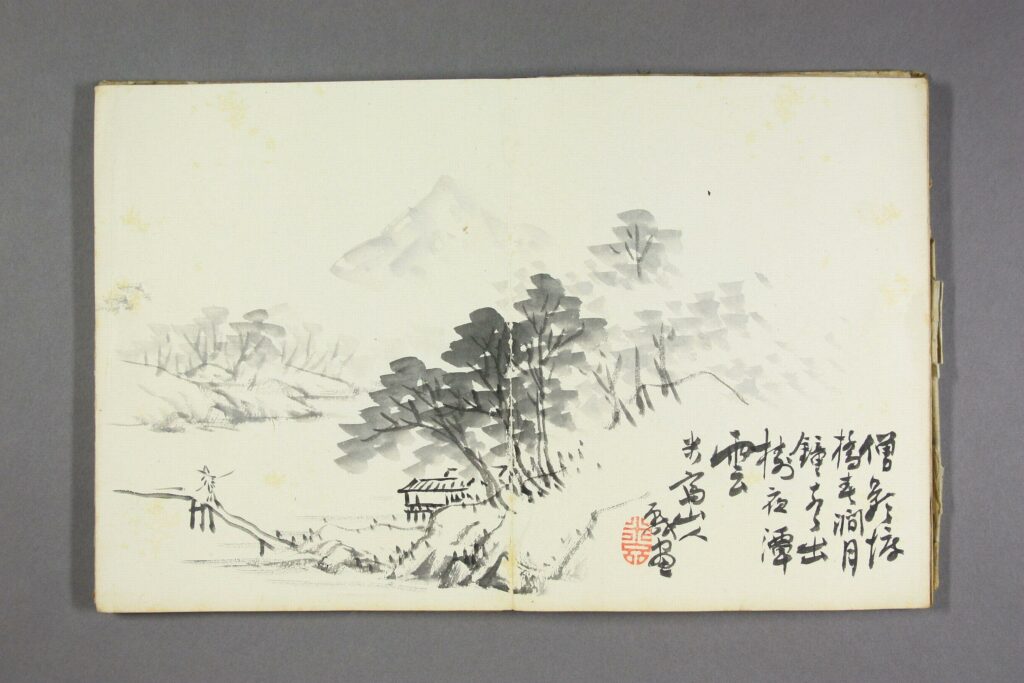


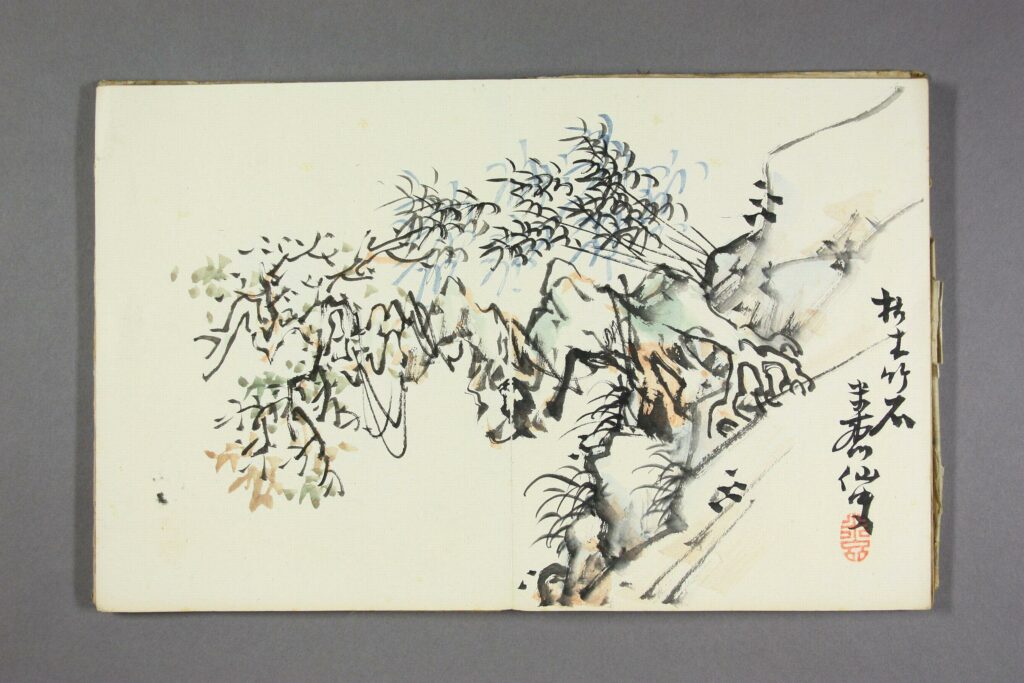
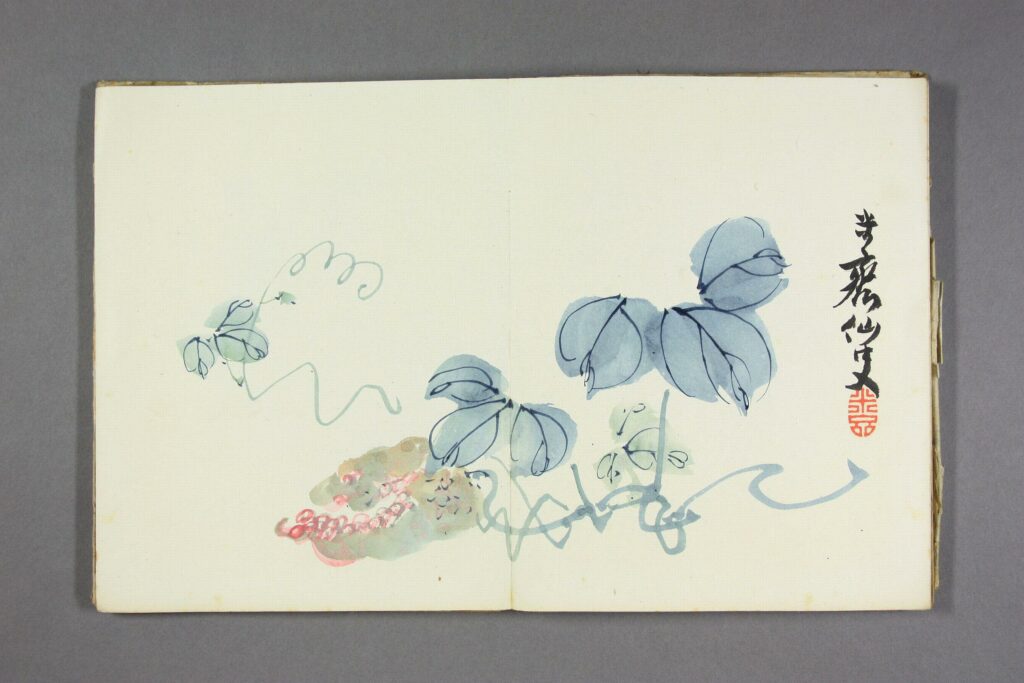
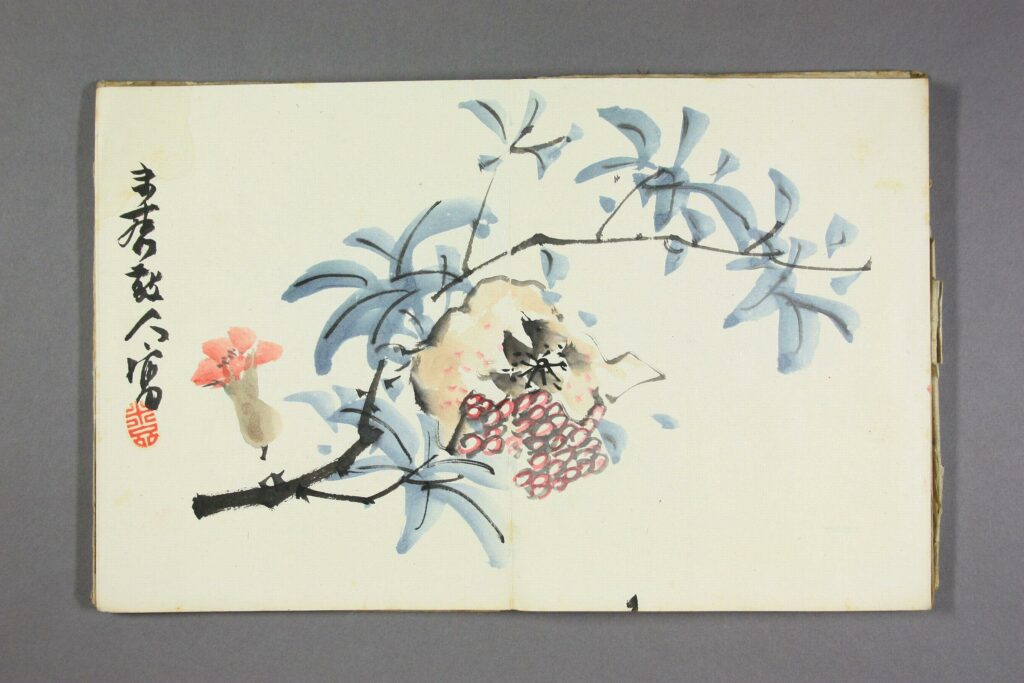


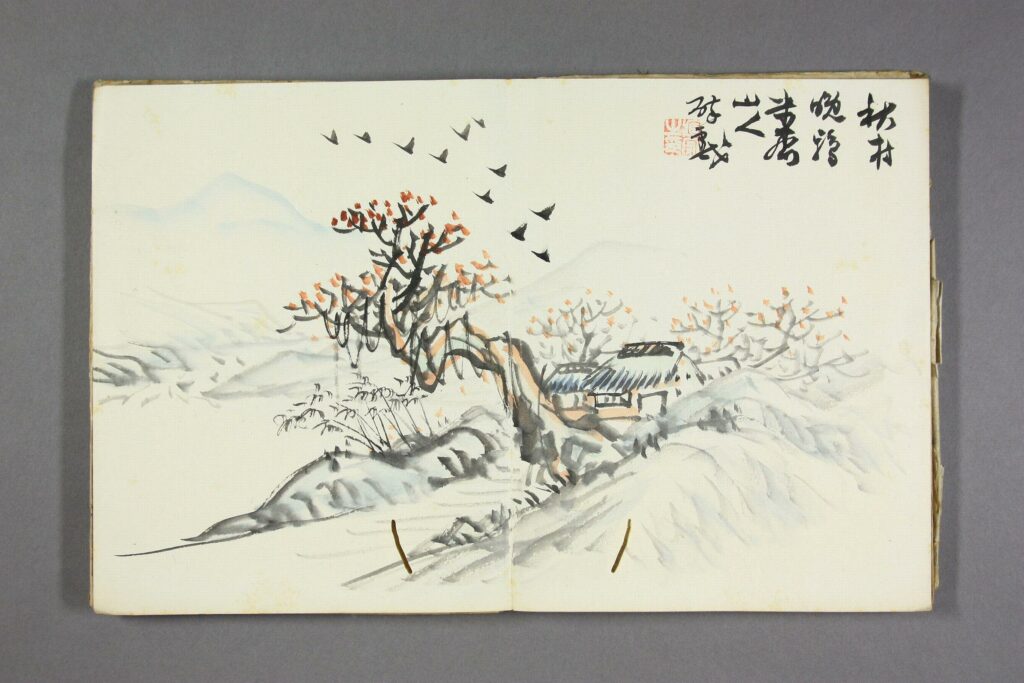
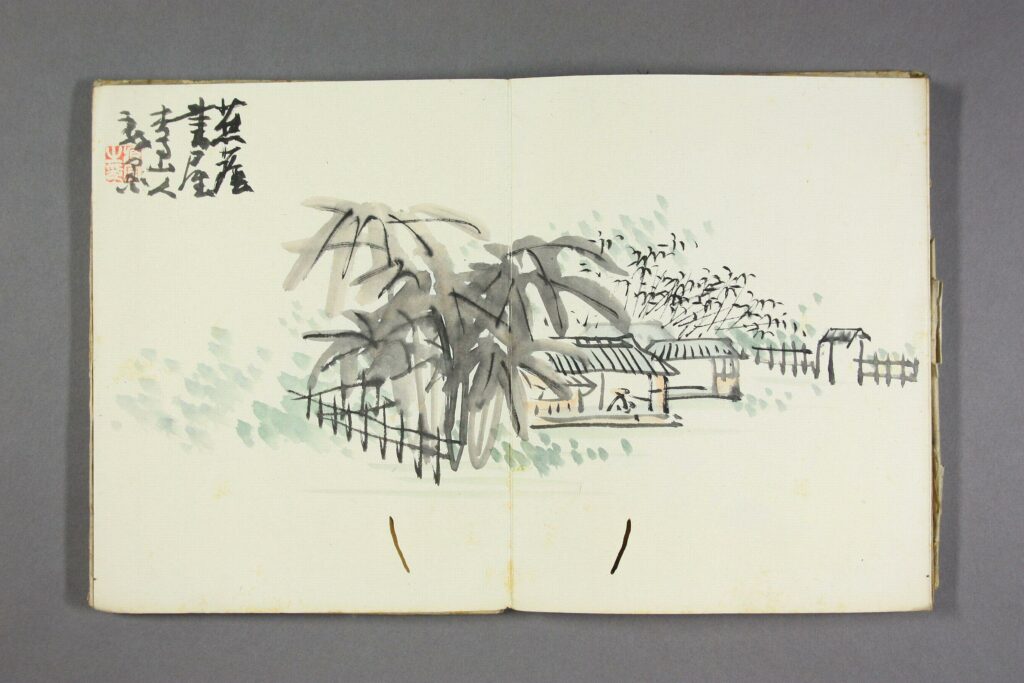


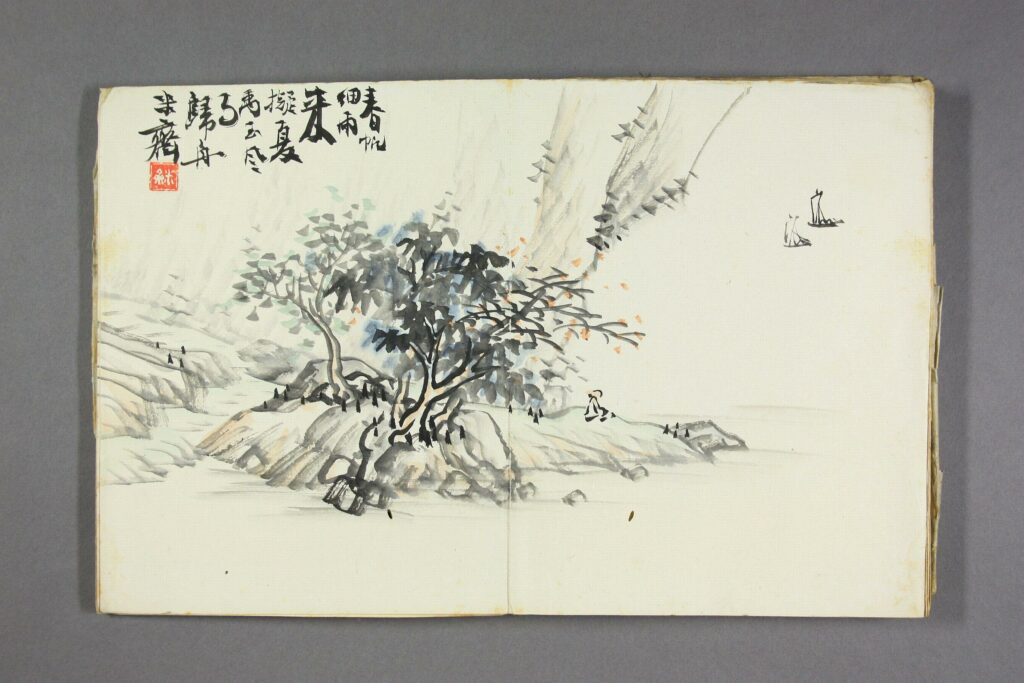


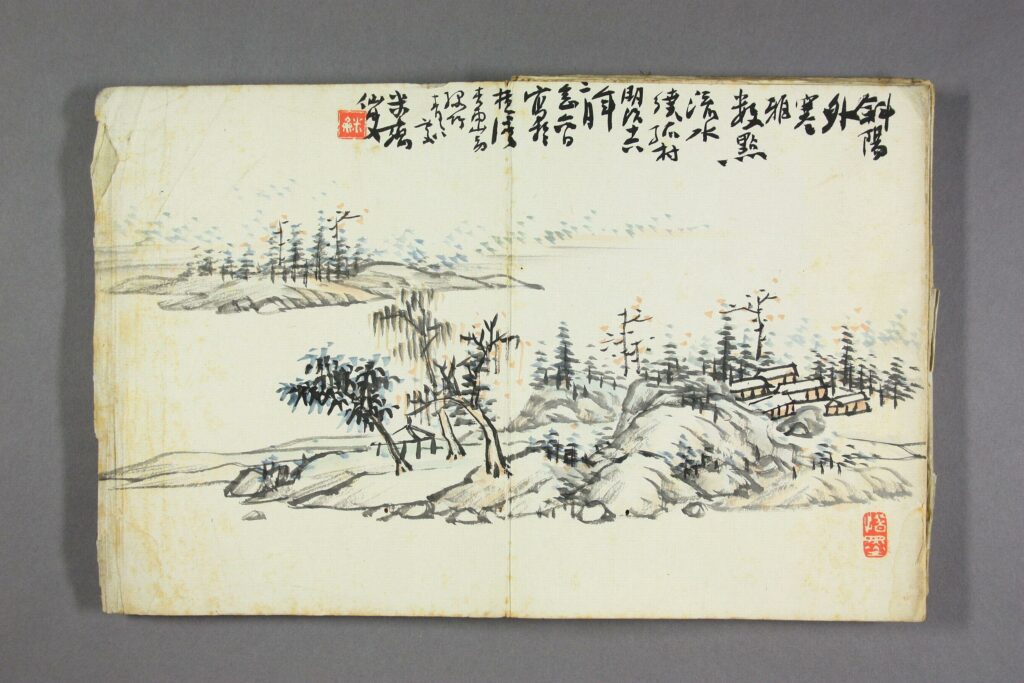
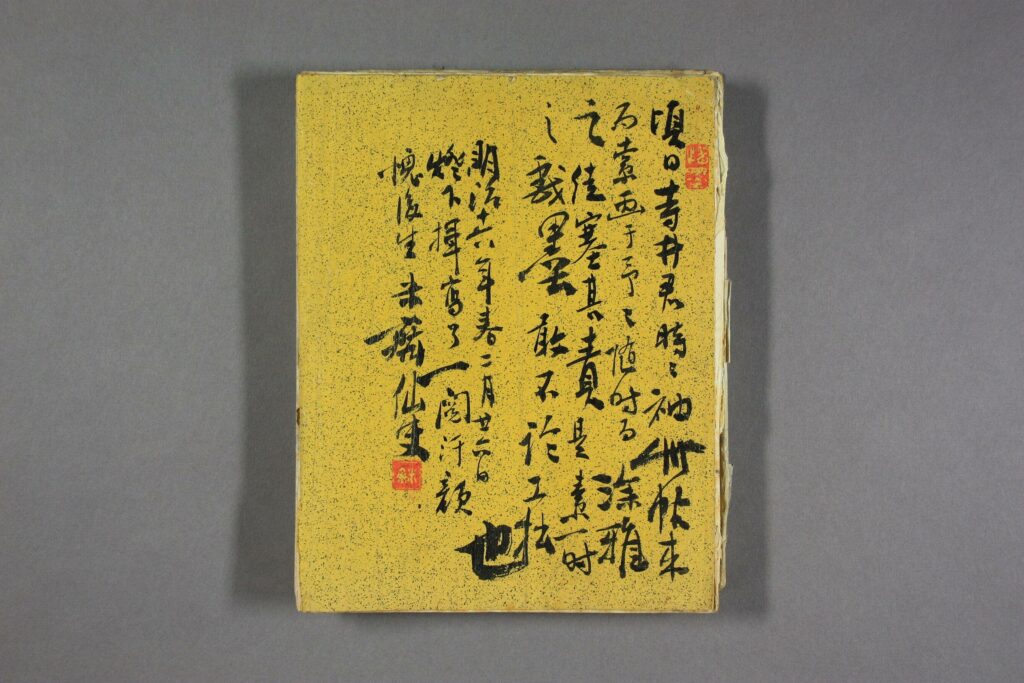
Global国外名家 Painting绘画 32P 顔筋柳骨.米斎仙史画
历史上的今天 ( 19 ):
- 2024年-02月-06日:GBA:Barbie-The Princess and the Pauper 芭比-公主与乞丐
- 2024年-02月-06日:GBA:Shark Tale 鲨鱼故事
- 2024年-02月-06日:GBA:Fairly Odd Parents,The-Shadow Showdown 反斗家族之暗影决战
- 2024年-02月-06日:GBA:Around the World in 80 Days 80天环游世界
- 2024年-02月-06日:GBA:Action Man-Robot Attack 机动人机器人的攻击
- 2024年-02月-06日:GBA:Backyard Basketball 后院篮球
- 2024年-02月-06日:GBA:Minnano Soft Series-Minnano Shogi 大家的将棋
- 2024年-02月-06日:GBA:Dan Doh-Tobase Shourino SmileShot 高球小子-飞吧胜利的微笑
- 2024年-02月-06日:GBA:Angel Collection2-Pichimoni Narou 天使的收藏品2
- 2024年-02月-06日:GBA:Angel Collection-Mezase Gakuenno Fashion Leader 天使的收藏品
- 2024年-02月-06日:Lilliputian连环画:14猎户擒香樟·后西游记 (66P)
- 2024年-02月-06日:Lilliputian连环画:13麒麟耍文笔·后西游记 (66P)
- 2024年-02月-06日:Lilliputian连环画:12馒头惹风波·后西游记 (66P)
- 2024年-02月-06日:Lilliputian连环画:11甘露灭烈火·后西游记 (66P)
- 2024年-02月-06日:News新闻:2024年2月6日新闻简报(国内国际)
- 2024年-02月-06日:Comic动漫:火影忍者(第5部:卷28~卷34) (1270P)
- 2024年-02月-06日:Comic动漫:火影忍者(第4部:卷22~卷27) (1087P)
- 2024年-02月-06日:Comic动漫:火影忍者(第3部:卷15~卷21) (1278P)
- 2024年-02月-06日:Comic动漫:火影忍者(第2部:卷8~卷14) (1228P)
可点 ➠ 2023年-02月-06日 ➠ 127 s ➠ ♥ 0

